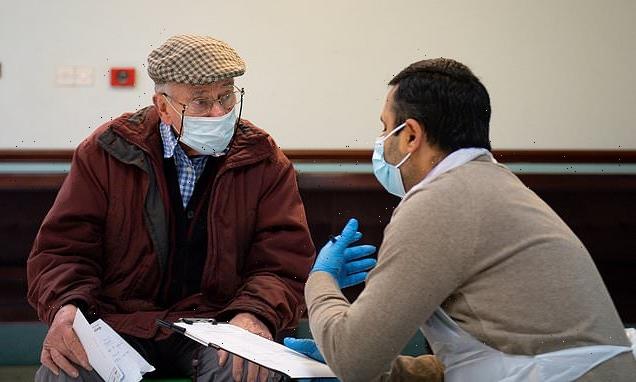Having already lost one breast to cancer, some women are choosing to “go flat” for the comfort and relief it offers.
They call it “going flat”, although the official term is aesthetic flat closure. Some women who have a mastectomy following a breast cancer diagnosis are choosing not to have reconstruction surgery. Instead, they might have a tattoo design inked over their scars or keep their prostheses in a drawer and stay natural, because “flat is beautiful”.
For Bay of Plenty children’s author Nikki Slade Robinson, going flat was the right decision. Two years ago, she was diagnosed with breast cancer. For peace of mind, she wanted to have both breasts removed, but her surgeon advised against it at the time, in case it slowed healing and delayed the chemotherapy she needed.
So, Robinson, now 52, had a unilateral mastectomy and spent the next 18 months with what she refers to as “a uniboob”. Her appearance wasn’t what bothered her. “I didn’t care if people noticed, but it was uncomfortable and affected my balance,” she says.
She knew she didn’t want a breast reconstruction, but remaining lopsided wasn’t satisfactory, either. Determined to go flat, she returned to her surgeon with a list of reasons for removing the healthy breast. Robinson feared she might have a fight on her hands, but her surgeon respected her decision.
“It wasn’t until I got rid of the second breast that I realised how badly I needed to, both psychologically and physically,” she says. “I hadn’t felt safe, I was carrying around this reminder. Now I’m comfortable, I’ve got my balance back, and it’s such a relief. I feel free.”
Robinson has been in contact with other women who have had a harder time trying to go flat. “One was told she had to have psychological counselling in case she had a body-image problem. And another said her surgeon left spare skin in case she changed her mind.”
In recent years, much of the progress in breast-cancer treatment has been focused on conserving tissue. Today, about 60 per cent of women with early-stage cancer will have a lumpectomy followed by radiation. This has been shown to offer the same survival rates as a mastectomy. But some patients want more.
“It’s a time of turmoil when you’re newly diagnosed,” says Tauranga surgeon Peter Chin. “There are women who will say, ‘Get rid of both breasts, I don’t want them.’ The other comment we hear is ‘I don’t want the cancer to return in the other side’.”
What Chin refers to as “the Angelina Jolie factor” has contributed. In 2013, the Hollywood star revealed she’d had a preventive double mastectomy because she carries a rare gene mutation that puts her at high risk of breast cancer. Following this revelation, there were reports of a rise in requests for mastectomies in women who had cancer in one breast and wanted to remove the healthy one as well.
For those without a strong family history of the disease or a BRCA gene mutation such as Jolie has, the odds of a new cancer developing in the other breast are very low – about 0.5 per cent a year. And understandably, surgeons are concerned about taking off a breast when it is not going to affect the patient’s survival.
Still, if a woman is committed to going flat, then Chin will always sit down and discuss the pros and cons. “So long as they’re well informed, we would respect their decision and work with their requests,” he says.
Mastectomies, as with any surgery, carry risks, such as bleeding, infection and pain. Reconstructions aren’t without problems, either. Fat-grafting procedures can be lengthy, with a tough recovery period, and sometimes several surgeries are necessary. As for implants, they are not lifetime devices and eventually may deteriorate, rupture and leak.
Robinson believes every woman has the right to decide the best option for her and is grateful to have had a surgeon who listened.
“I had already made up my mind that I wanted to be fully flat when I started with him and I made that very clear right through,” she says. “He did ask me once if I thought I may consider reconstruction and told me it was possible to reconstruct after going flat, but I felt no pressure from him at any stage of the process.”
Source: Read Full Article


